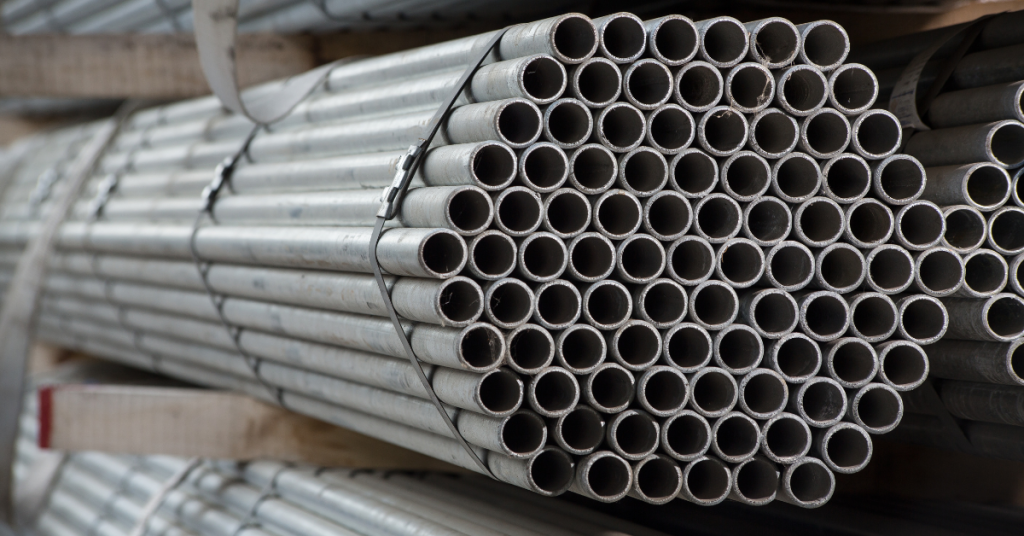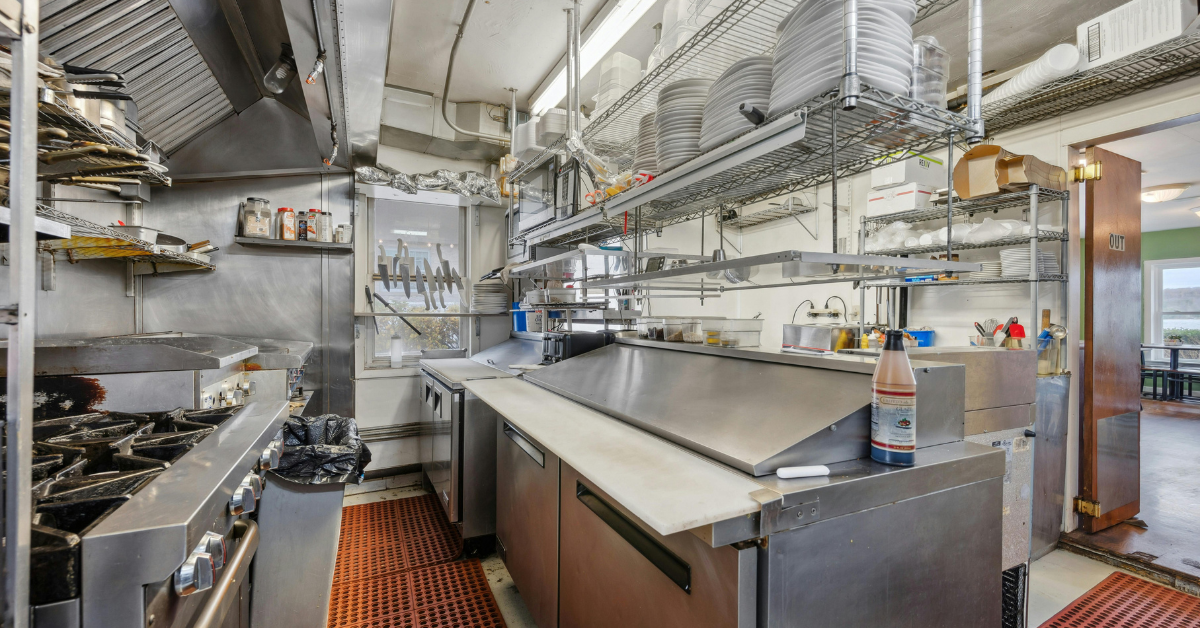Stainless Bends: The Essential Guide for Exhaust and Performance Fabrication
Stainless bends are the backbone of custom exhaust and performance fabrication. They give builders the flexibility to route exhaust gases efficiently, create durable piping systems, and ensure that both performance and aesthetics remain uncompromised. Whether you are designing a high-flow turbo system, replacing stock exhaust sections, or constructing a complete race-ready setup, stainless bends are indispensable components that combine strength, longevity, and precision.
Why Stainless Bends Matter in Exhaust Systems
When exhaust gases leave the engine, they carry immense heat and pressure. To manage this flow, the piping must bend around the chassis, suspension, and underbody components without compromising gas velocity. Stainless bends serve this purpose perfectly:
- Corrosion Resistance: Unlike mild steel, stainless bends resist rust and oxidation, ensuring long-lasting performance even in harsh environments.
- Strength at High Temperatures: Stainless maintains structural integrity under extreme heat, making it ideal for turbocharged and performance engines.
- Smooth Gas Flow: Mandrel-bent stainless ensures a consistent diameter throughout the bend, preventing turbulence and backpressure.
- Aesthetic Appeal: Polished stainless bends give the system a clean, professional appearance, often sought after in show-quality builds.

Types of Stainless Bends
Different projects require different bend angles and radii. Stainless bends are available in several formats:
- 45-Degree Bends: Common for redirecting flow while maintaining smooth transitions.
- 90-Degree Bends: Perfect for routing around major obstructions like crossmembers or suspension arms.
- 180-Degree Bends: Useful for U-turn routing, particularly in compact engine bays.
- Custom Radii: Longer radius bends provide smoother flow, while tighter bends save space in restricted areas.
Applications in Performance Fabrication
- Custom Exhaust Systems
Stainless bends are most widely used in exhaust construction. By combining straight stainless tube with bends, fabricators can create a tailored solution for any vehicle layout. - Turbo Downpipes
Aftermarket turbo systems often require complex routing from the turbine housing. Stainless bends provide precision pathways that handle extreme exhaust gas temperatures. - Headers and Manifolds
For naturally aspirated or turbocharged engines, stainless bends form the runners that connect the cylinder head to the collector. - Intercooler Hot-Side Piping
While aluminum is preferred for cold-side piping, stainless bends can handle hot-side connections where heat resistance is critical.
Choosing the Right Stainless Material
When selecting stainless bends, material grade is vital:
- 304 Stainless Steel: The most common choice, offering excellent corrosion resistance and strength.
- 321 Stainless Steel: Better suited for high-heat applications like turbo manifolds and race exhausts due to improved thermal fatigue resistance.
- 409 Stainless Steel: A cost-effective alternative for OEM-style exhausts, though less resistant to corrosion than 304.
For long-term durability and performance builds, 304 or 321 stainless are recommended.
Installation and Fabrication Tips
- Mock Before You Cut: Always test-fit bends with tape or clamps before committing to welds.
- Mandrel vs Crush Bends: Use mandrel-bent stainless bends for consistent flow. Crush bends create restrictions and turbulence.
- Back-Purging is Essential: When welding stainless, purge with argon to prevent oxidation inside the tube.
- Plan Serviceability: Incorporate V-band connections near bends for easy removal and adjustment.
Performance Benefits
Properly designed stainless bends contribute directly to performance:
- Improved Flow Efficiency: Smooth bends prevent turbulence, which can sap horsepower.
- Lower Backpressure: Essential for turbocharged engines that need efficient gas evacuation.
- Better Sound Quality: Stainless bends help shape exhaust resonance and reduce unwanted rasp when paired with resonators or mufflers.
- Durability: Unlike mild steel, stainless bends maintain strength and resist cracking over time.
Real-World Example
A turbocharged four-cylinder build typically uses:
- 3-inch Stainless Bends for the downpipe, ensuring smooth turbo outlet flow.
- A combination of 45° and 90° bends to clear the firewall and subframe.
- 304 stainless material to balance durability and affordability.
This setup ensures maximum performance while maintaining serviceability.
Maintenance and Longevity
To keep stainless bends in top condition:
- Inspect Welds Regularly: Look for cracks or signs of fatigue.
- Clean Occasionally: Road grime, salt, and debris can dull the finish, though stainless won’t rust easily.
- Check Fitment: Ensure that heat expansion hasn’t stressed brackets or hangers.
Conclusion
Stainless bends are the cornerstone of high-quality exhaust and performance fabrication. They combine precision engineering with rugged durability, making them indispensable for builders aiming for both performance and reliability. Whether you’re routing a full exhaust system, fabricating a turbo manifold, or designing a custom hot-side pipe, stainless bends provide the flexibility and strength required for professional results.
For builders seeking dependable, premium-grade options, Stainless Bends deliver the right blend of durability, efficiency, and ease of fabrication.





